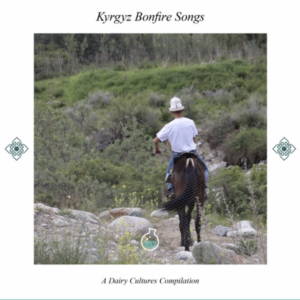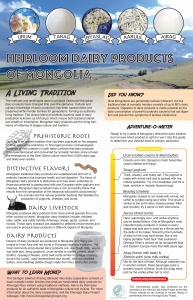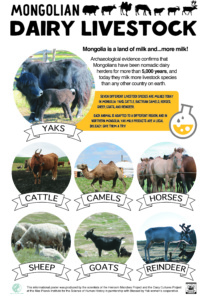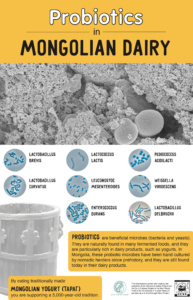RESOURCES FOR THE INTERESTED PUBLIC
Heirloom Microbes photobook
Dairying has been practiced throughout the Old World since prehistory, but dairying traditions differ greatly by region. The Heirloom Microbes project is studying these distinctive traditions and investigating the deep biological and cultural connections between the world’s major dairy cultures. During our ethnographic fieldwork in 2017, we learned that one of the things dairy pastoralists today were most curious about was how other dairy pastoralists lived and which products they made. To help show how dairying is practiced around the world, we created this photobook. Learn about the daily life, culinary practices, and diverse foods made by dairy pastoralists in the Alps (Austria and Switzerland), the Near East (Jordan), and Inner Asia (Mongolia) in this photobook.
Microbes on the Move photobook
For millennia, milk products have been a core part of the dietary economy of the Eurasian steppes. After the end of state socialism, millions of people in the countryside again rely on their livestock for survival.
All over the region, milk is overwhelmingly produced by family farms, with microbes playing a central role in creating storable long-lasting products. With an interdisciplinary approach that bridges the gap between cultural heritage, contemporary economies and microbial biodiversity, the Microbes on the Move conference brought together a diverse group of scientists, livestock owners, civil society actors and state employees from Mongolia, Kyrgyzstan, China and Germany. Working on past and contemporary milk pro- cessing in Mongolia and Kyrgyzstan, together we discussed the archaeology, history and contemporary trends of dairying in the Eurasian steppe.
Mongolian dairy product information poster
Mongolia is home to an incredible dairy tradition that stretches back more than 5,000 years. Every year, nomadic herders in the Mongolian countryside produce dozens of dairy products – ranging from aaruul (dried curds) to shimiin arkhi (milk vodka) – that have no analogue in European dairying traditions. We are partnering with the Khovsgol Dairy Project and the Sarlagiin Saikhan Khishig (Blessed by Yak) dairy cooperative to study this distinctive dairy tradition and the heirloom microbes, the khöröngo, that make it all possible.
To help the members of the cooperative explain their dairy products and their dairy history to foreign tourists, we created the informational poster at right. If you would like to support the Sarlagiin Saikhan Khishig cooperative by donating money to help them build a communal kitchen and meeting room, please visit the Khovsgol Dairy Project donation page.
Mongolian dairy livestock information poster
Mongolia is the land of milk…and more milk! We produced this poster for the Sarlagiin Saikhan Khishig (Blessed by Yak) dairy cooperative to help educate tourists and visitors about the many dairy livestock milked in Mongolia today. Mongolians milk seven different livestock species – more than any other country on earth! These livestock include: yaks, cattle, Bactrian (two-humped) camels, horses, sheep, goats, and reindeer.
More information about the milk of Mongolian dairy livestock
Want to know more about Mongolia’s dairy livestock? We made a more detailed handout about the Mongolia’s dairy livestock, with expanded information about the history of each species and the nutritional composition of their milks.
Mongolian dairy microbes
Mongolian dairy products are rich in probiotics, including both beneficial bacteria and yeasts. We produced this poster for the Sarlagiin Saikhan Khishig (Blessed by Yak) dairy cooperative to help show the types of beneficial microbes present in their dairy products. All photos were taken of bacteria and yeasts isolated from traditionally prepared cattle and yak dairy products, including milk, yogurt, clotted cream.
Songs from the Mongolian Steppe
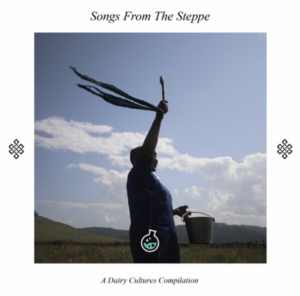
Album, 4 tracks. A collection of folk songs from the Mongolian countryside, sung by Baasan and Erdene-Ochir. Available on SoundCloud.
Kyrgyz Bonfire Songs
Album, 19 tracks. A collection of Kyrgyz folk songs, performed during the Microbes on the Move conference in Bishkek, Kyrgyzstan. Available on SoundCloud.
